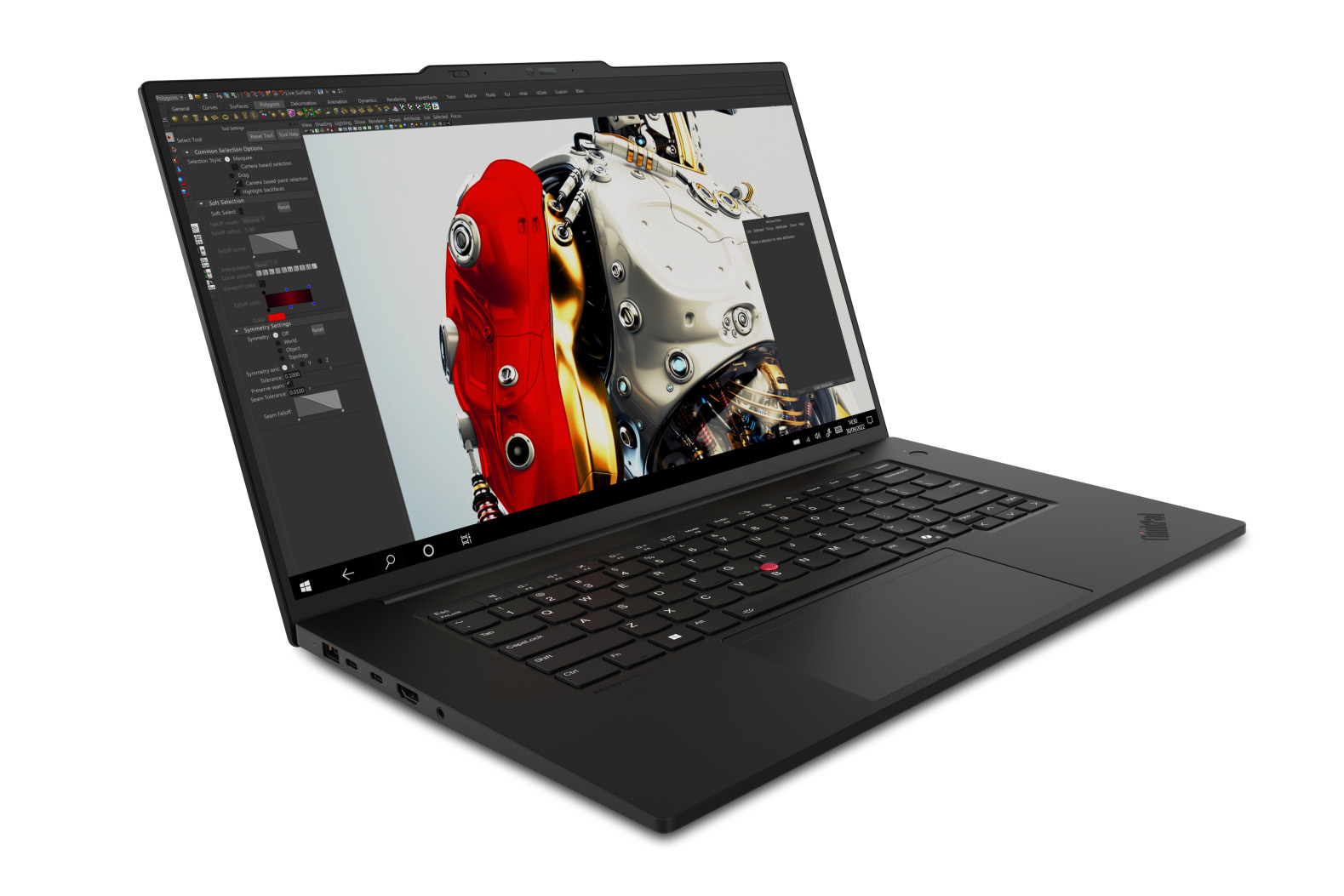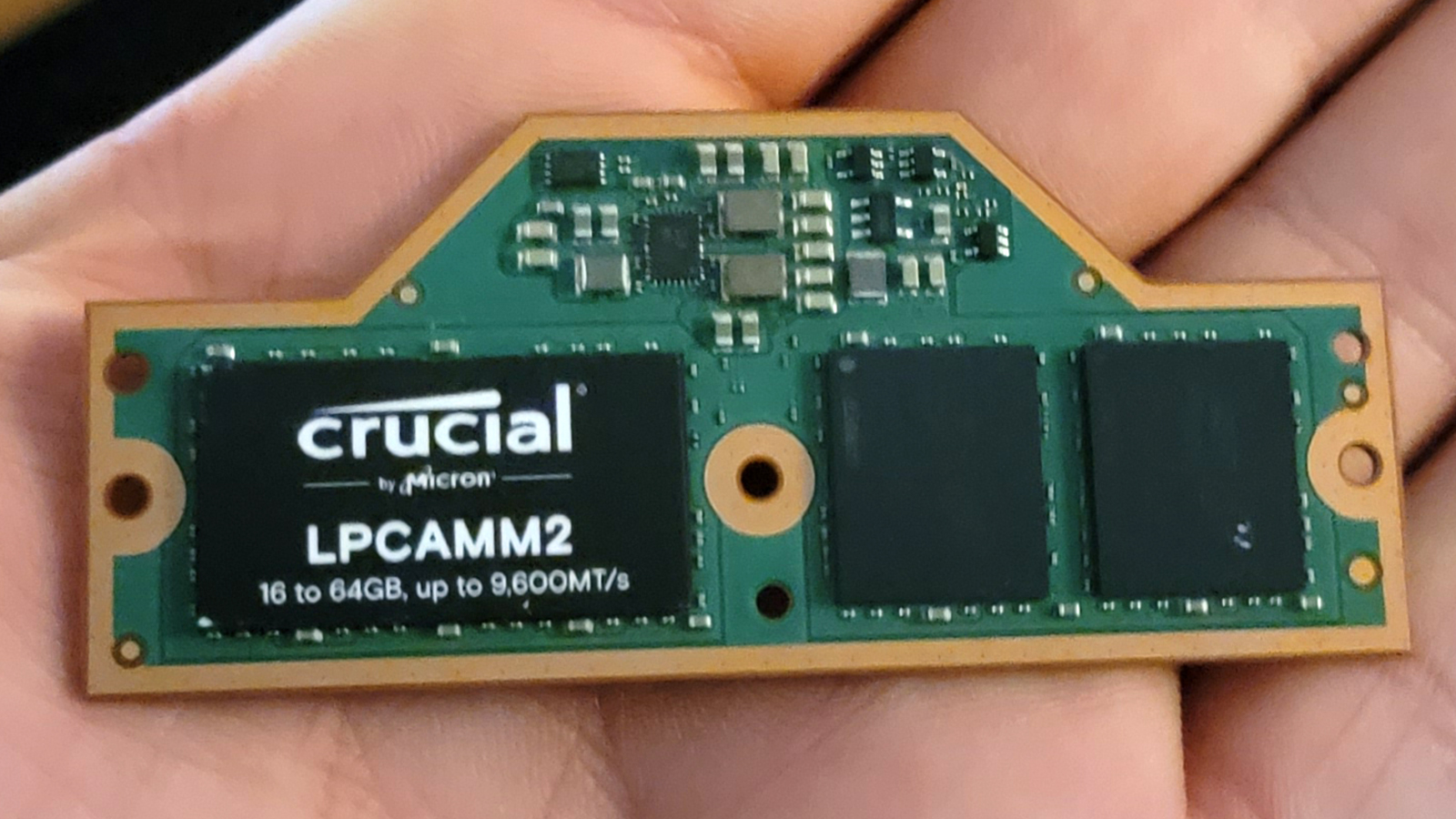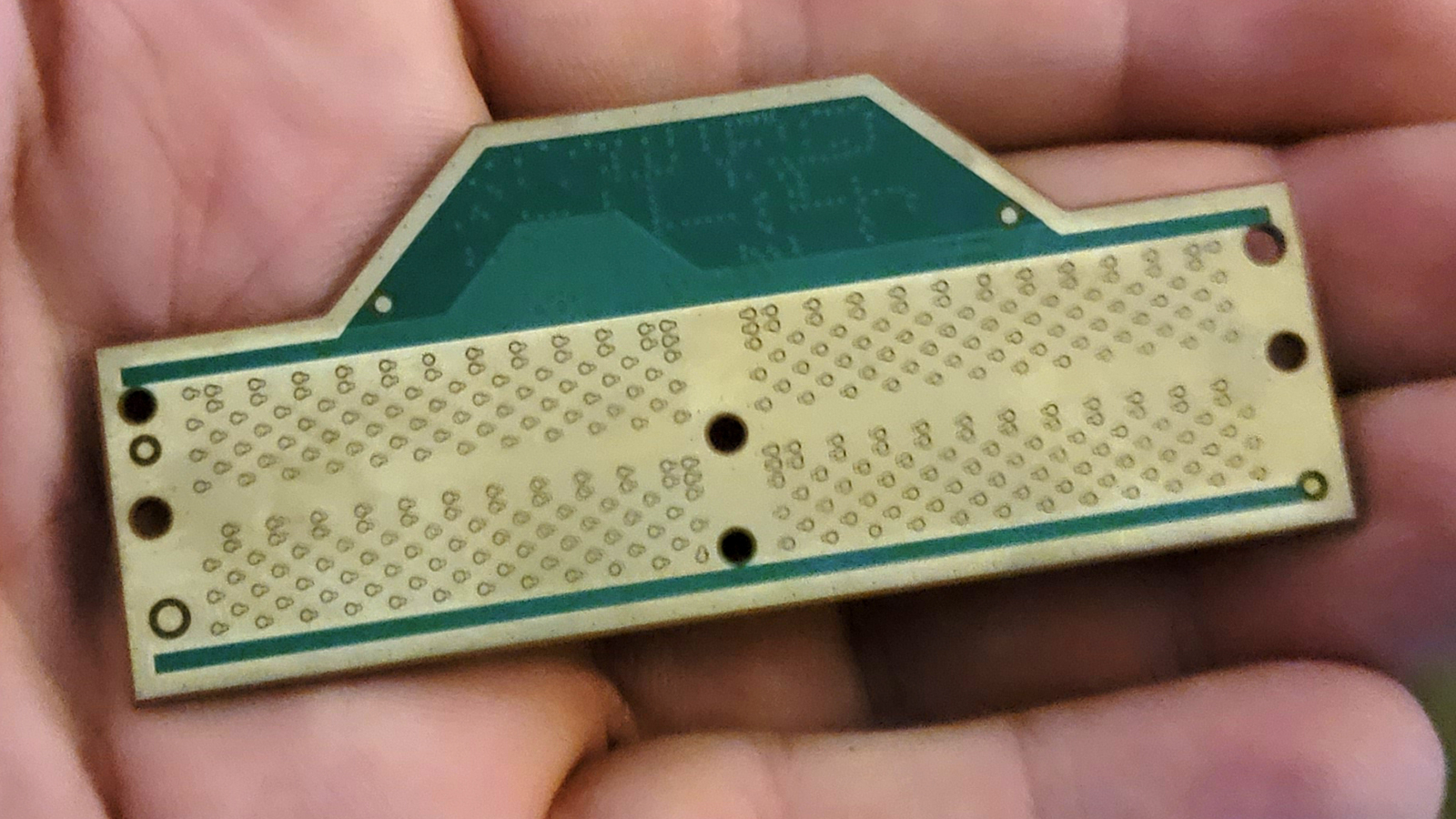Lenovo ThinkPad P1 Gen 7 Workstation is the first laptop in the world to receive new LPCAMM2 memory modules from Micron. The new memory format is 64% smaller than DDR5 SO-DIMMs and 58% more energy efficient than LPDDR5X memory.
The ThinkPad P1 Gen 7 is the only model in the P1 line to feature Micron LPCAMM2 memory with a maximum capacity of 64GB. While SO-DIMMs can provide more capacity, with LPCAMM2, the ThinkPad laptop takes advantage of LPDDR5X, which operates at 7467 MT/s. The official CAMM2 standard supports up to 128GB, so the maximum memory capacity of laptops may change in the future.
ThinkPad P1 Gen 7 has a 16″ OLED screen with a 16:10 aspect ratio and an Intel Core Ultra 9 185H (Meteor Lake) processor. It comes with an NVIDIA graphics card up to RTX 3000 Ada or with integrated Intel graphics.
Micron’s LPCAMM2 format is fundamentally different from traditional SO-DIMM memory. It allows the memory modules to take up much less space in the laptop chassis and allows the use of LPDDR5X interchangeable for better speed and lower power consumption.
The 7,500 MT/s memory provides 1.3 times the bandwidth of a standard JEDEC DDR5 SO-DIMM. A single module utilizes the entire 128-bit bus of the processor’s memory controller, meaning that a single LPCAMM2 functions as a dual-channel solution. This means that only one module is required to achieve maximum memory performance.
The new memory format is derived from the CAMM standard invented by Dell. JEDEC later made the standard universal under the name CAMM2. Since then, Samsung and Micron have created their own CAMM2 modules under different names, such as LPCAMM2 («conventional» CAMM2 solutions do not use LPDDR5X memory).
Higher bandwidth and other characteristics make LPCAMM2 a promising successor to SO-DIMM and LPDDR solutions that have dominated portable devices for decades. No wonder it has attracted the attention of a major laptop manufacturer.
Sources: Lenovo, Tom`s Hardware






Spelling error report
The following text will be sent to our editors: